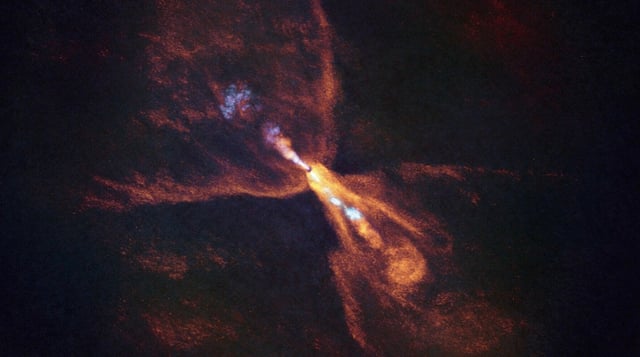Overview
- For the first time, researchers have directly detected silicon monoxide transitioning from gas to solid as the onset of planet formation around a young star.
- The target protostar HOPS-315 lies about 1,300 light-years away in the Orion Nebula and resembles the Sun in its infancy.
- Infrared spectra from JWST and millimeter measurements from ALMA pinpointed the condensing SiO to a ring roughly 2.2 astronomical units from HOPS-315.
- That region mirrors the distance of our Solar System’s asteroid belt where initial rock clumps coalesce into planetesimals.
- Scientists will use these observations to refine models of early Solar System evolution and the formation of rocky planets like Earth.
